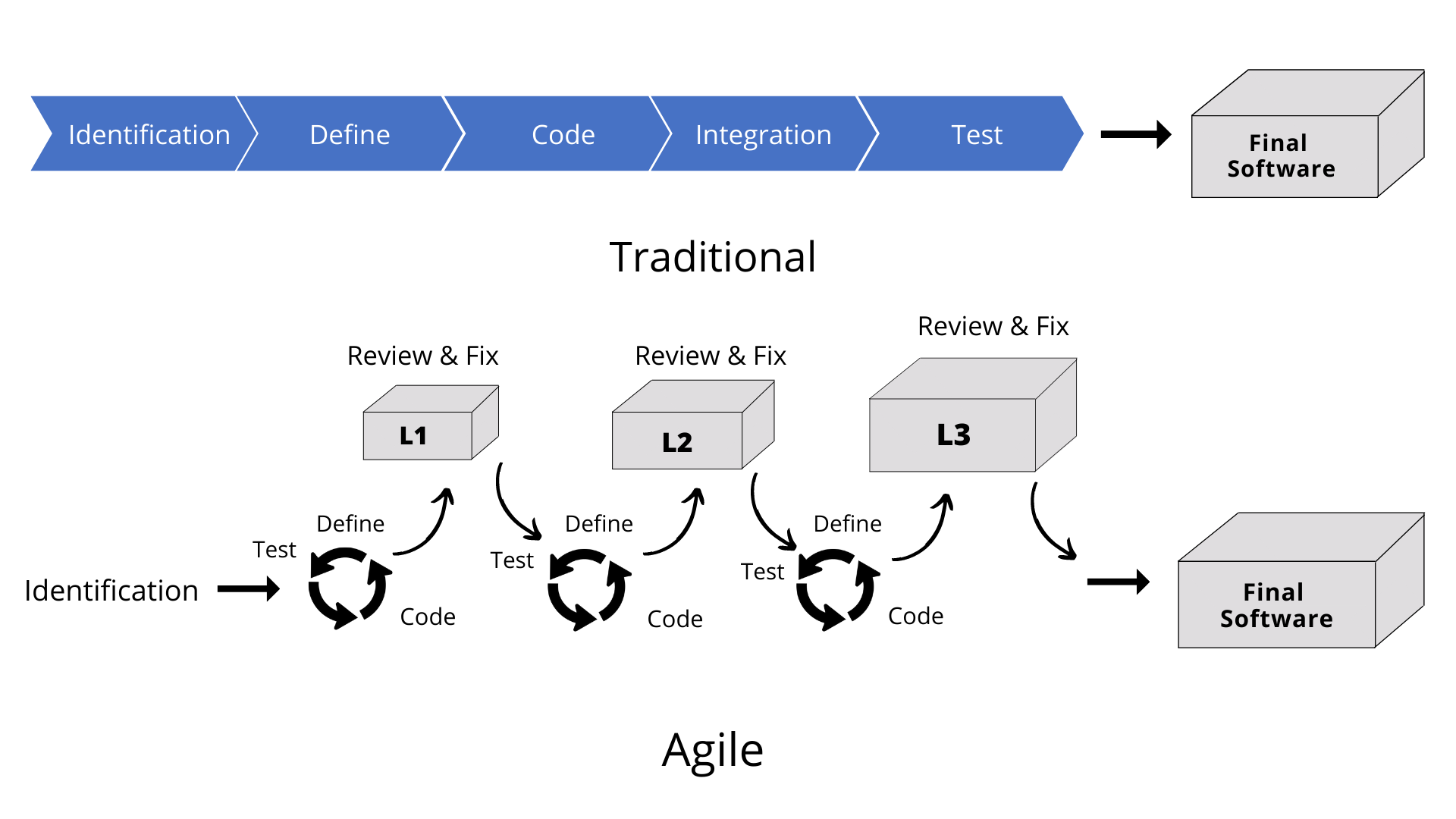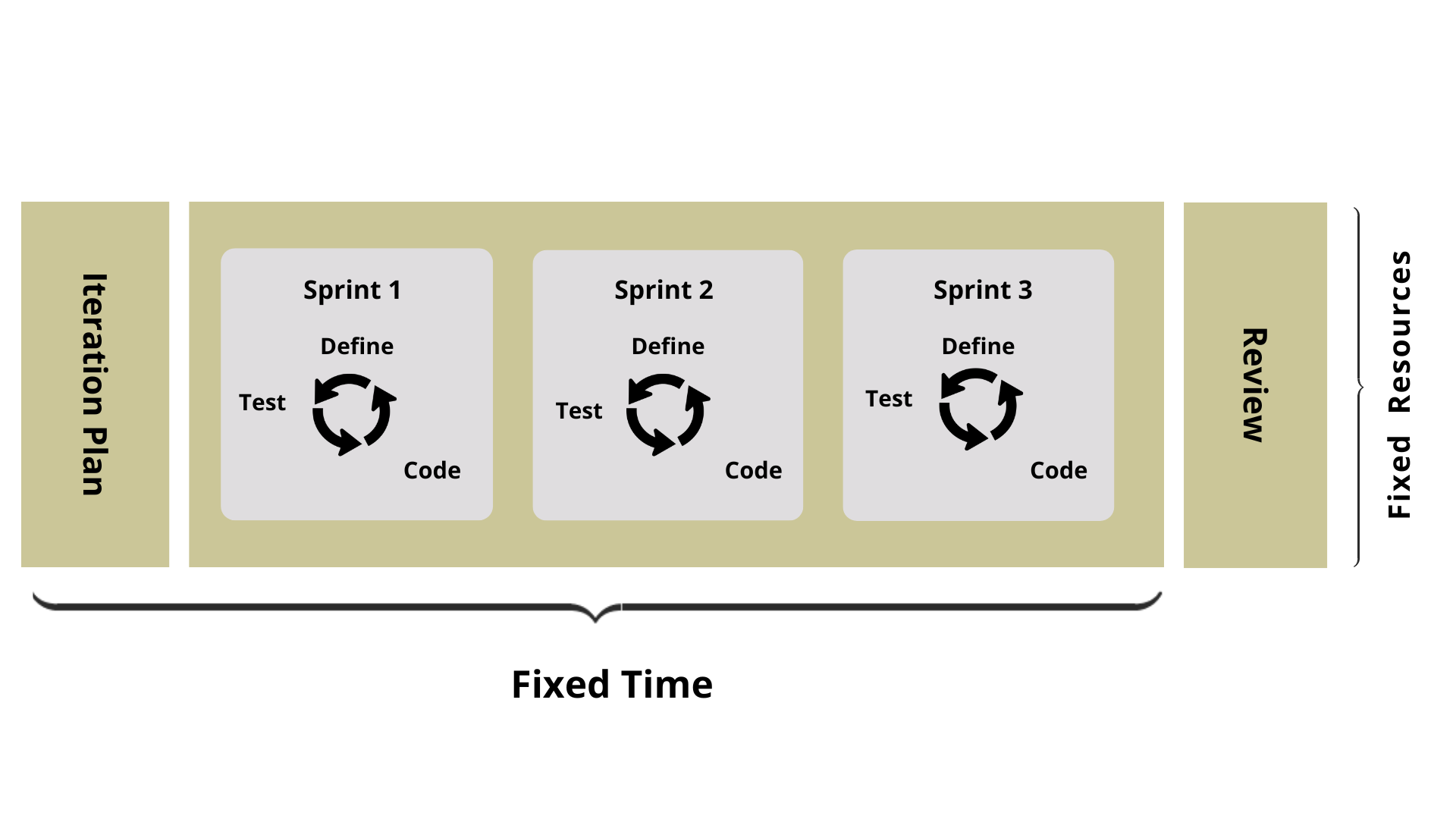The organizations must implement and drive their automation initiatives using an agile approach to address the challenges of scaling Robotic Process Automation (RPA). It leads to better governance, a more fluid ability to scale, efficiency, and vastly reduced costs by mitigating risk and rework.
To better understand this, consider the following scenario:
A company wants to eliminate manual, repetitive work! It decides to implement Robotic Process Automation (RPA) to automate mundane and repetitive tasks and boost employee productivity. It installs the automation software and holds design sessions to identify potential candidates for automation. For development to begin, process documents are created and approved. A developer completely automates the chosen process. This development time is estimated to be 6-8 weeks for a finished product. End-users test the final product three months after the first session.
Then the bugs or errors begin to appear! The automated process immediately encounters the first set of problems. An employee forgot to mention a workaround for non-US vendors in the process, an IT resource was unaware the process is utilizing employee credentials to login and operate business applications, and the business analyst reports the GUI layout between the production and test environments is slightly different.
The long and unexpected debugging journey begins. The process gets repeated until refined. It may result in project delays, which affects both cost and productivity.

Now, let’s discuss the Agile approach to RPA Implementation.
A company purchased RPA licenses. It expects RPA to fill fundamental gaps in its business structure and systems. How should the automation program be implemented? They decide to use an Agile project management framework.
The Agile framework has the following stages:
Sprint discovery: The company holds a workshop to collect the automation backlog and requirements for inclusion in a Process Definition Document (PDD). The automation backlog is defined with specific needs and advanced to the build stage, including quick and scalable foundations for RPA gain. The whole process is divided into sprints. The sprints are governed by the process functionality and delivered with a human-in-the-loop component.

Sprint refinement: A small team re-evaluates and rewrites backlog items during a sprint. They refine exception criteria for development, escalate issues, remove roadblocks, highlight potential workarounds, motivate the team, and assign story points to the process. The development process and sprint deliverables include input from end-users. Observations and requests are documented at the end of each sprint.
Sprint retrospectives: At the end of a sprint, the development team assesses its effectiveness. Before beginning the next sprint, they modify the work to meet success and growth criteria. As work progresses, sprint retrospectives provide the opportunity to incorporate lessons learned into the overall RPA effort to avoid repeating mistakes and implement good practices quickly.
Then, because sprint planning is iterative, leveraging an agile project management framework for a company’s RPA implementation yields tangible project results. Scrums create and update process backlogs. New requirements are incorporated and addressed in deliverables.
Automations are delivered in attended packages and tested with end-users for improvements. As far as the As-Is process is concerned, an agile framework makes it easier to add a new automation opportunity to the backlog. When the automation is finished and delivered, it will already have tried and true testing roots in an application.
DynPro promotes a hybrid approach for complex and medium complex automation projects. Our approach is a harmonious combination of the Traditional (Waterfall) and Agile models. As per RDLC (Robotic Development Life Cycle), the traditional approach is used for the first few steps, followed by the Agile sprint method for the development. Then, it moves back to the Traditional methods for UAT, go-live, and support. It allows seamless development of RPA tools by integrating them with enterprise and regulatory constraints, policies, and controls.
Call or write to us to learn more about how DynPro fosters cross-functional collaboration and an Agile approach to RPA at scale.
